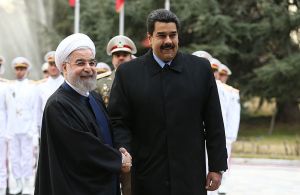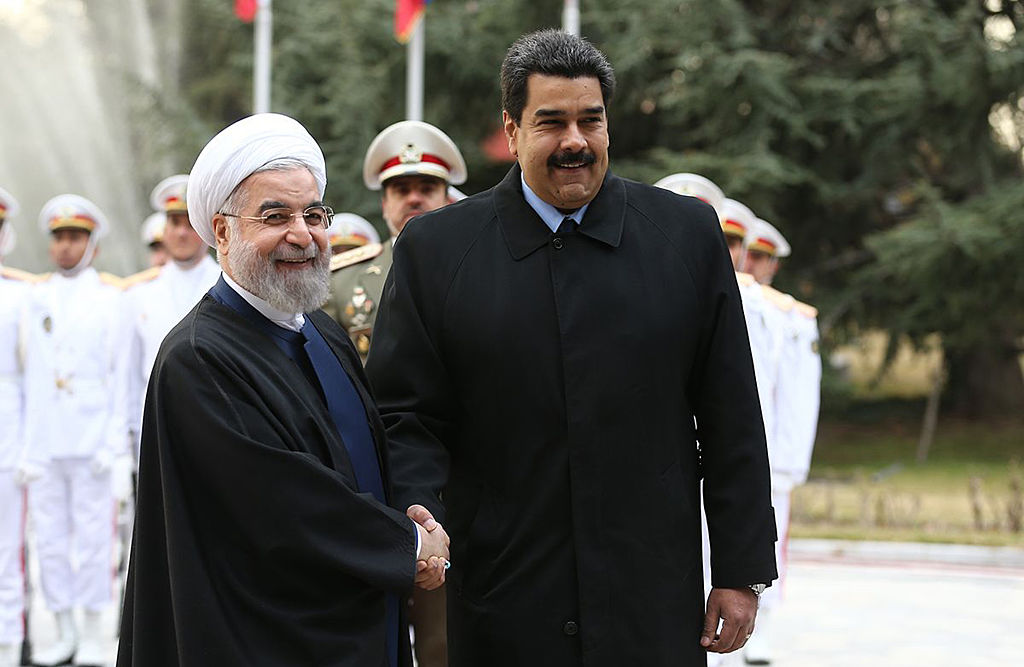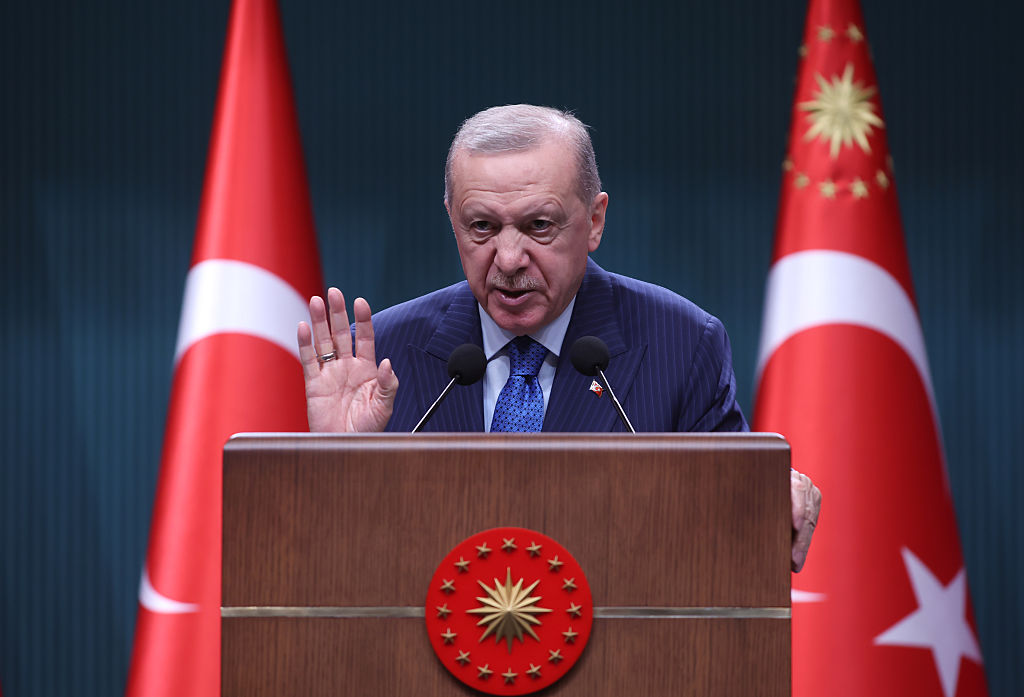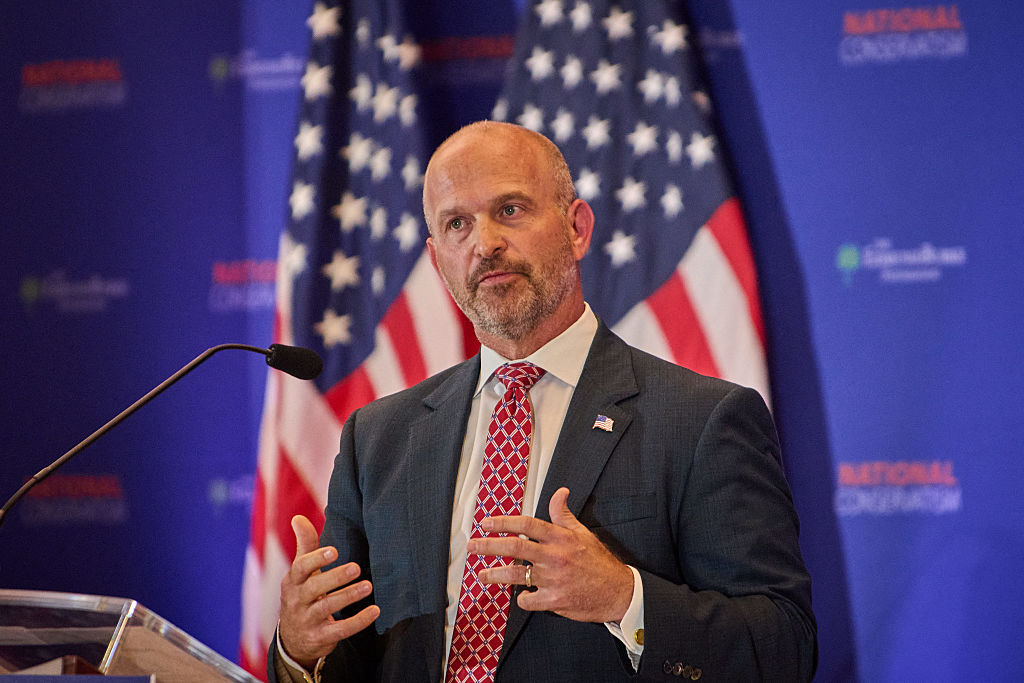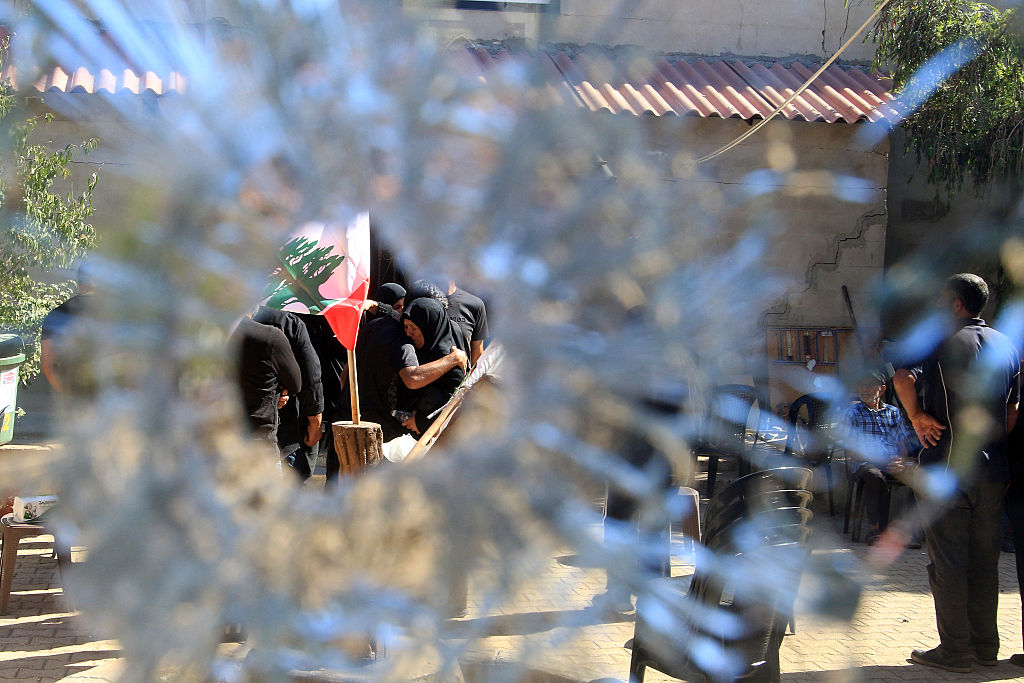Over the weekend, the IDF confirmed that it killed the Hamas terrorist who commanded the attack on Israel a week earlier. It was later disclosed that the terrorist was arrested by Israel in 2005 for abducting and killing Israelis. He was released in 2011 by Netanyahu’s government in return for a captive Israeli soldier abducted in 2006 as part of a prisoner exchange deal.
Netanyahu knew that Hamas received money, weapons and training from Iran
The deal included the release of over 1,000 prisoners, many of them dangerous terrorists who returned to Gaza and rose through the ranks of Hamas. This controversial agreement exemplifies Netanyahu’s failed policy of containment and appeasement towards Hamas. Hamas won the Palestinian legislative elections in 2006, bringing a bloody conflict between Hamas and the Palestinian Authority, which has ruled Gaza since 1994. This caused a split in Palestinian politics. Since 2007, Gaza has been under the control of Hamas, while the PA has ruled over the West Bank.
Although neither group has a vision for a peaceful solution with Israel, Israeli governments have managed to form a reasonably productive relationship with the PA, which is the more moderate of the two. The relationship has known ups and downs, but in recent years there has been security coordination and positive economic relations that include trade and work permits for Palestinians. This contributed to a more stable economy in the West Bank and a significantly lower unemployment rate compared with Gaza. The average salary in the West Bank is nearly three times that in Gaza.
Netanyahu was prime minister of Israel between 2009 and 2021, and again since December 2022. In this period, Hamas catapulted from being a minor terror group to a powerful, sophisticated organization with considerable offensive capabilities. Despite this, there was a widely held misconception that Hamas can be contained and even serve the interests of the Israeli right.
Netanyahu’s Hamas policy had two main aims. The first was maintaining relative calm in order to avoid a large-scale conflict. The second was weakening the Palestinian Authority, with whom chances of reaching an agreement were seen as more realistic, and instead strengthening Hamas and deepening divisions that will make a peace agreement impossible. A peace deal that includes the establishment of an independent Palestinian State is Netanyahu’s support base’s worst nightmare.
Netanyahu’s former public diplomacy minister, who is a member of Likud and resigned as minister on October 13, wrote in a Facebook post in 2019 that:
Netanyahu wants Hamas on their feet… if Hamas will collapse, Abu Mazen [Mahmoud Abbas] might rule the strip, and if he rules it, there may be those on the left who will encourage negotiations and a Palestinian state.
She also claimed in the pot that a Palestinian state will worsen Israel’s security, and that “this is the real reason that Netanyahu does not annihilate Hamas.” Netanyahu’s policy of containment involved ignoring provocations and at other times employing very limited responses to attacks by Hamas. In November 2012, Israel commenced Operation Pillar of Defense. It was restricted to aerial bombardments and although reservists were mobilized, they never entered Gaza.
Israel has conducted one ground operation in Gaza since Netanyahu became prime minister; Operation Protective Edge in 2014, which lasted nineteen days. The goal was not a decisive victory in Gaza; instead, the narrower aim was to destroy Hamas’s cross-border tunnels that made it possible for them to infiltrate Israel.
The Israeli government was not interested in inflicting a decisive strike on Hamas. This would have required greater forces and involved many Israeli and Palestinian civilian casualties — which would have incurred criticism against Netanyahu at home and abroad, and created a power vacuum in Gaza. That was undesirable because it was believed, by the government as well as the public, that Hamas’s violence was manageable. Under Netanyahu, Israel responded to Hamas’s aggression with low-intensity targeted bombings.
Netanyahu was convinced that the devil you know beats the devil you don’t. He was so certain of his policy that he ignored intelligence about Hamas becoming more powerful and presented the superficial calmness as a security achievement, claiming: “My policy is one of stability, peace, prosperity and security for Israelis and Palestinians alike.” In a complete change of perception, Israel’s defense minister said several days after Hamas’s attack that “we mistakingly thought that Hamas is the lesser evil. In fact, Hamas is as bad as it gets.”
Netanyahu tried to appease Hamas by increasing the number of work permits for Palestinians from Gaza to work inside Israel. This eased unemployment and provided higher salaries for Gazans. In 2021, for example, permits rose from about 2,000 to 5,000. The Bennett-Lapid short-lived coalition government also raised the number, to about 10,000 and when Netanyahu returned to power, the number of permits reached 20,000. For Hamas, this meant a lot more funding in taxes. Furthermore, reduced unemployment helped make the governance of Gaza more stable.
Netanyahu also allowed hundreds of millions of Qatari dollars into Gaza since 2012 and even more so since 2018. The money has been used in part for buying gasoline from Israel, as charity for civilians and for paying salaries of officials, who are members of Hamas. This funding has long been criticized by Israelis. According to reports, this prompted Netanyahu to declare in 2019 that those who oppose a Palestinian State should support the transfer of money into Gaza. because it contributes to the ongoing split between Hamas and the PA. In 2019, Netanyahu admitted that he knew that aid money was reaching Hamas for use in terrorism.
The policies of appeasing and containing Hamas provided it with the funding, time and means to arm itself, train its members, and build a massive underground labyrinth of tunnels used as safe hiding places for terrorists and weapons. The tunnels were also used to evade strict restrictions by Israel on Gaza. They have been have also allowed the smuggling of goods, weapons and people from Egypt, and for offensives against Israel.
These tunnels have dozens of access points and are conveniently located under apartment blocks, hospitals, mosques and schools, to allow Hamas to use Palestinian civilians as human shields. The building of these tunnels was made possible by the transfer of building materials from Israel — approved by Netanyahu — and intended for civil projects. Israel continued to supply them, even when it was apparent that they were used to boost Hamas’s capabilities.
Despite a siege by Egypt and Israel, Hamas managed to smuggle arms, including long-range missiles, by boats from Iran. Hamas has also been manufacturing their own weapons, often using Iranian guidance and training. Over the years, the IDF carried out limited operations to destroy tunnels and factories used for manufacturing weapons, but this has not stopped Hamas in any significant way.
The policies of appeasing and containing Hamas provided it with the funding, time and means to arm itself
Netanyahu knew that Hamas received money, weapons and training from Iran, but has only deployed limited means to stop this. He knew that pacifying Hamas only created superficial quiet, which they exploited. It allowed them to become the powerful organization that has conducted a successful, sophisticated and monstrous attack on Israel. Now Israelis agree that Hamas cannot continue to control Gaza. But a stronger Hamas has made achieving this much more complicated and dangerous for the IDF.
Netanyahu has spent the past year preoccupied by mass public opposition to his government. He was also more concerned about his legal problems, including a trial on corruption charges, than with Israeli security. His own ministers have contributed to the unrest in the West Bank, which required moving substantial military forces to the area. According to Egyptian and American sources, warnings that an attack by Hamas was imminent were not taken seriously by Netanyahu, who also asserted, according to reports, that he could not move further IDF forces nearer to Gaza because they were needed in the West Bank.
Although others shared Netanyahu’s failed thinking about Hamas, the buck stops with the man who has been prime minister for the past fourteen years, with only a single short break in between. Although Hamas alone is to be blamed for the attack, many Israelis are furious with Netanyahu over policies that helped create the monster across the border.
This article was originally published on The Spectator’s UK website.












